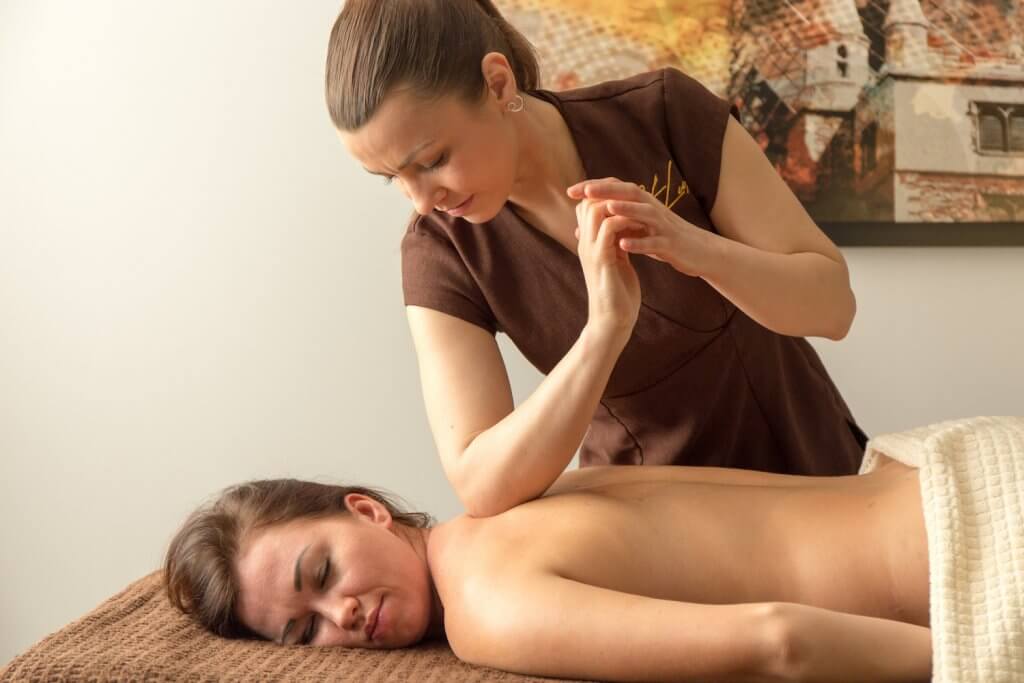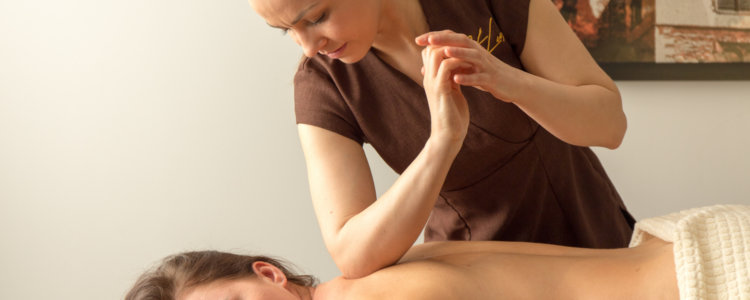Deep tissue massage focuses on the connective tissue of the body. Connective tissue lines the body, divides muscles into functional compartments, covers each muscle and also connects individual muscle cells to each other. Deep tissue massage is a slow, careful massage that works through the connective tissue layers one by one. Therapists use the hands, fingers, thumbs, forearms and elbows to stretch each layer of connective tissue and each muscle, down to the deepest layers of tissue, removing adhesions and other scar tissue and allowing the muscles to work freely again.
How It Works
Deep tissue massage releases tight and contracted muscles and connective tissue in several ways. The first is mechanical; the therapist stretches tight muscles and connective tissue causing microtears that heal quickly, making the muscles longer and more relaxed. It also “resets” the muscle spindles, nerves that let the brain know how long or short the muscle is and whether it is contracting or not. The nerves have to get used to the new normal once the tightness is released. The massage also warms tissue fluid and moves excess fluid out of the tissues, relieving pressure on nerves and making the muscles more relaxed.

Effects
Deep tissue massage makes changes in movement and posture by balancing and relaxing muscle. In the long run, you will feel more relaxed, more flexible and have greater range of motion. It reduces chronic pain and mobilizes joints. Short-term, you may feel bruised and tender after a deep tissue massage because of the intense work that is done.
Tags: deep tissue, massage

